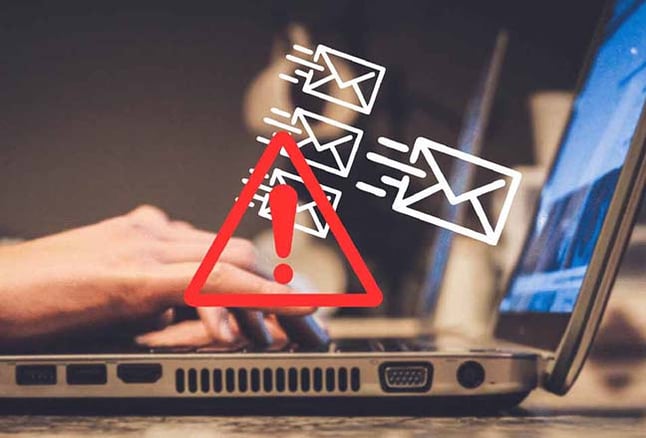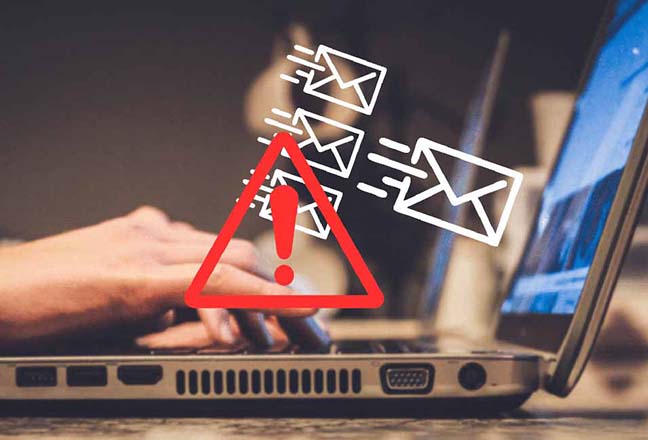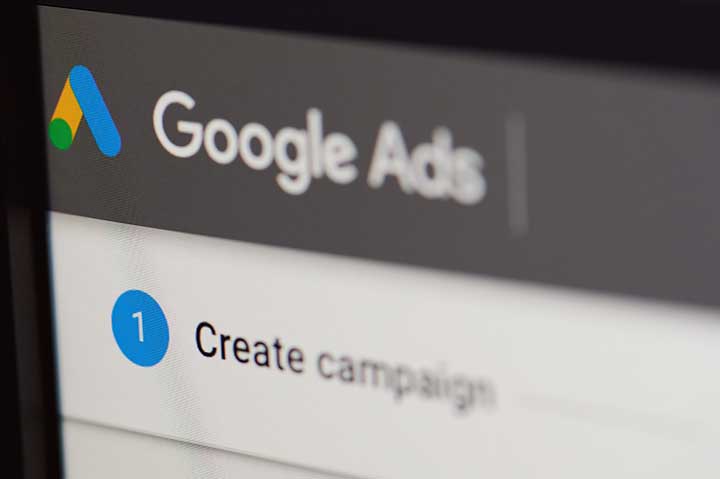
The Google email account purge day has finally arrived! Hopefully, you have already caught wind of Google's recent announcement regarding their updated policy for inactive accounts. However, if you haven't, here's a breakdown for you.
Starting on December 1st, Google will initiate the removal of accounts that have remained unused or have not been logged into for the past two years. If your Google account falls into this category and you've linked a recovery email address, Google will send you a notification regarding their intention to delete the inactive account. Some exceptions exist, such as accounts with a remaining balance from gift cards or those associated with published applications, such as apps on the Google Play store.
While notifications have been circulating over the past few months, the actual deletion process is set to begin today. You can find Google's official announcement about this policy update on their website here.
Regrettably, this development injects a new layer of complexity right into the heart of the busy holiday season, especially for marketers. Let's delve into why Google is implementing this policy and what prudent marketers can do to adapt.
Why is Google doing this?
Google's primary motivation for this policy change is security. Inactive email addresses represent security risks for both the account owners and Google itself. Older addresses are less likely to have updated security measures, such as two-step verification, making them attractive targets for phishers and spoofers. Moreover, Google bears the responsibility of safeguarding personal files and associated data linked to these accounts, making this policy a sensible security measure.
What should marketers do next?
First and foremost, there's no need to panic. There are several steps that email senders can take to navigate the impact of this new policy effectively:
-
Steer Clear of Inactive Addresses: Going forward, it's wise to refrain from sending emails to these inactive addresses, as they may start hard bouncing and potentially transform into recycled spam traps. Keep a watchful eye on subscribers who show no engagement with your emails.
-
Engagement-Centric Approach: For most B2C/D2C marketers, consider ceasing email outreach after six months of no engagement. Quality should supersede quantity in your email marketing strategy.
-
Industry-Specific Considerations: Certain industries may necessitate a longer engagement cutoff, such as automotive dealerships or high-end travel experiences. In such cases, contemplate sending re-permission or re-engagement campaigns to ascertain subscriber interest.
-
Leverage Customer Behavior: Pay attention to customer behaviors, such as purchases, cart abandonment, browsing activity, or in-store/website visits, to gauge loyalty and tailor your email campaigns accordingly.
-
Prioritize List Hygiene: As we approach the year-end and early 2024, focus on cleansing your list of less active subscribers. Maintaining a clean email list is paramount for good deliverability and reducing spam trap hits and hard bounce rates. Keep those CRMs up to date.
-
Proactive Stance: Instead of letting emails bounce and relying solely on your systems to handle them, take a proactive approach to identify and remove inactive and unknown users. This is crucial for preserving email ROI and deliverability.
By implementing these measures, you'll safeguard your email marketing efforts and convey a positive message to mailbox providers, demonstrating your dedication to your subscribers and the health of your email program. After all, avoiding excessive unknown or inactive users is key to maintaining optimal deliverability. If you need help with your email deliverability and engagement let's talk!














